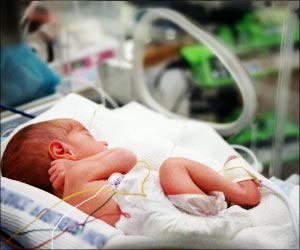Pregnancies should be closely monitored and antenatal interventions and care should be offered at the first sign of increased risk of distress or danger.

"Stillbirth is one of the most common adverse obstetric outcomes and a traumatic experience for parents," explained India-born Sohinee Bhattacharya from the University of Aberdeen, Scotland. "Couples who have experienced a stillbirth need to understand why it happened and want to know the risk for future pregnancies," he noted.
They undertook systematic review and meta-analysis to examine the link between stillbirth in an initial pregnancy and risk of stillbirth in a subsequent pregnancy.
The team analyzed 13 cohort and three case-control studies from high-income countries. Data was collected for 3,412,079 women out of which 3,387,538 (99.3%) had a previous live birth and 24,541 (0.7%) had a stillbirth in an initial pregnancy.
Stillbirths occurred in the subsequent pregnancy for 14,283 women: 606 of 24,541 (2.5%) in women with a history of stillbirth and 13,677 of 3,387,538 (0.4%) in women with no history.
Women who had a stillbirth in an initial pregnancy had a nearly fivefold increased risk of stillbirth in a second pregnancy. This risk is higher than stillbirth linked with medical conditions such as diabetes or hypertension.
Advertisement
The study appeared in The BMJ.
Advertisement














